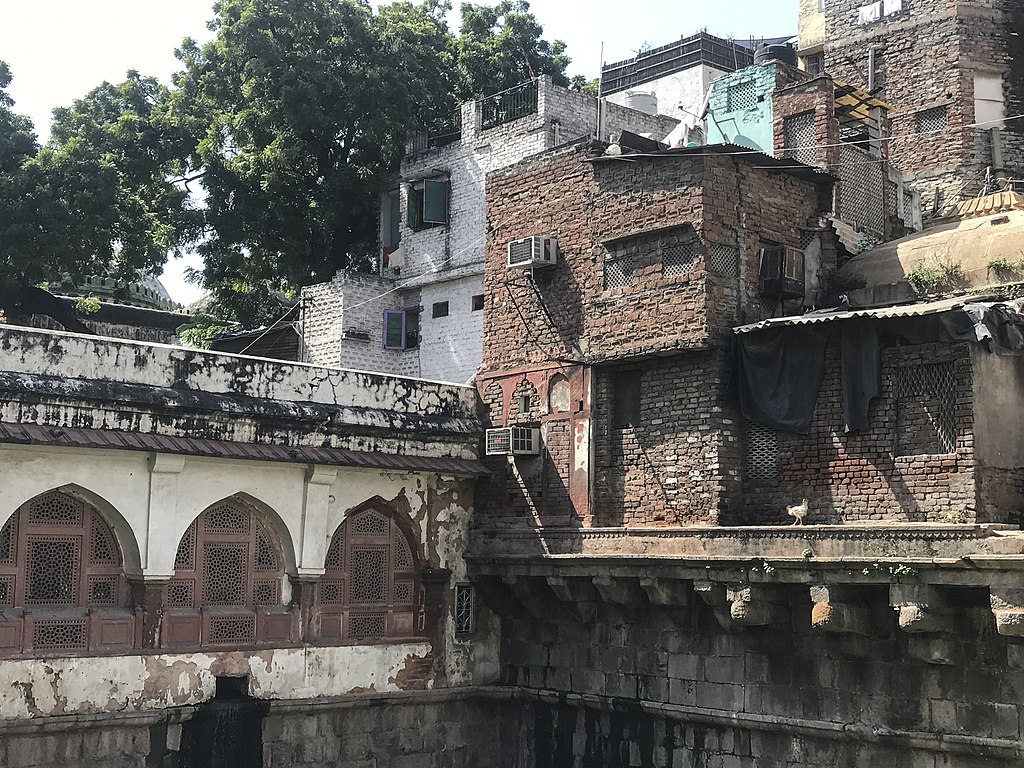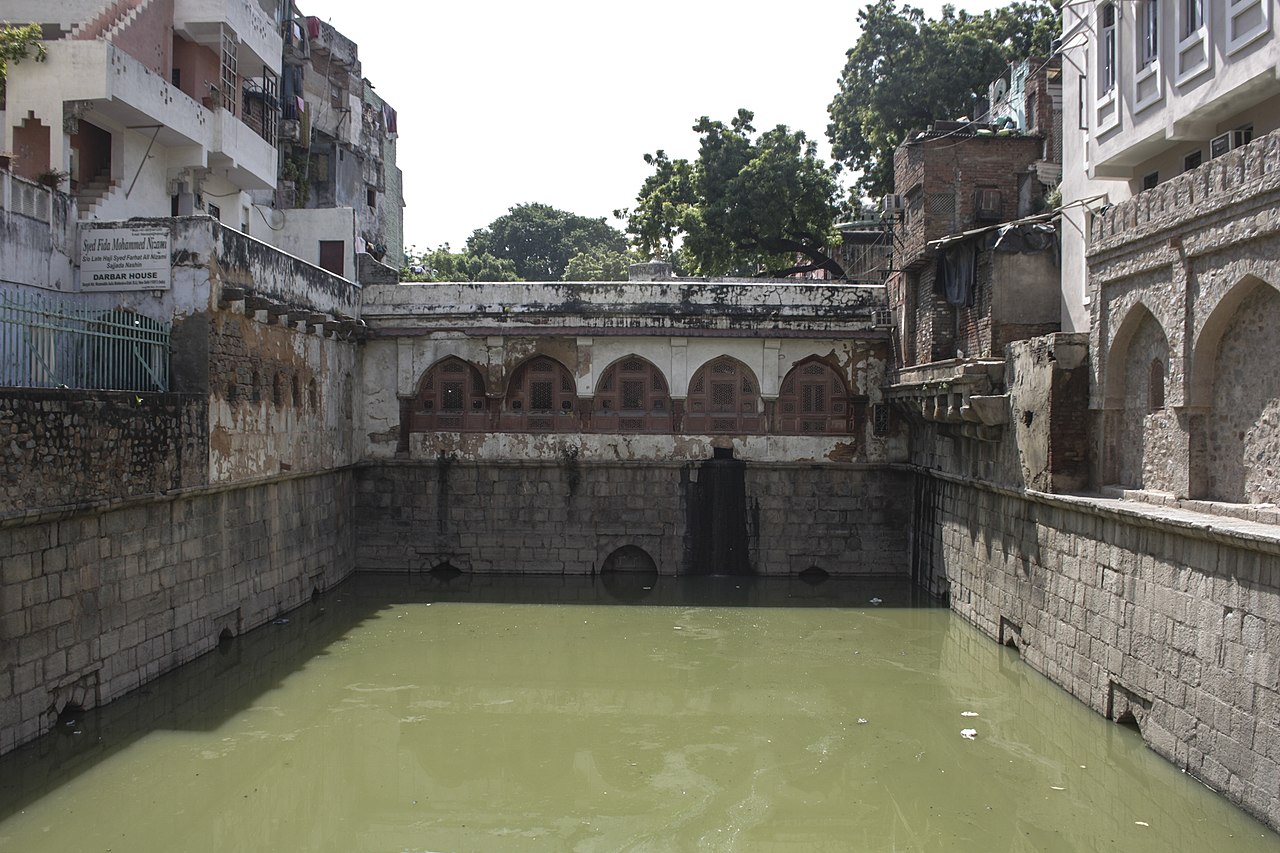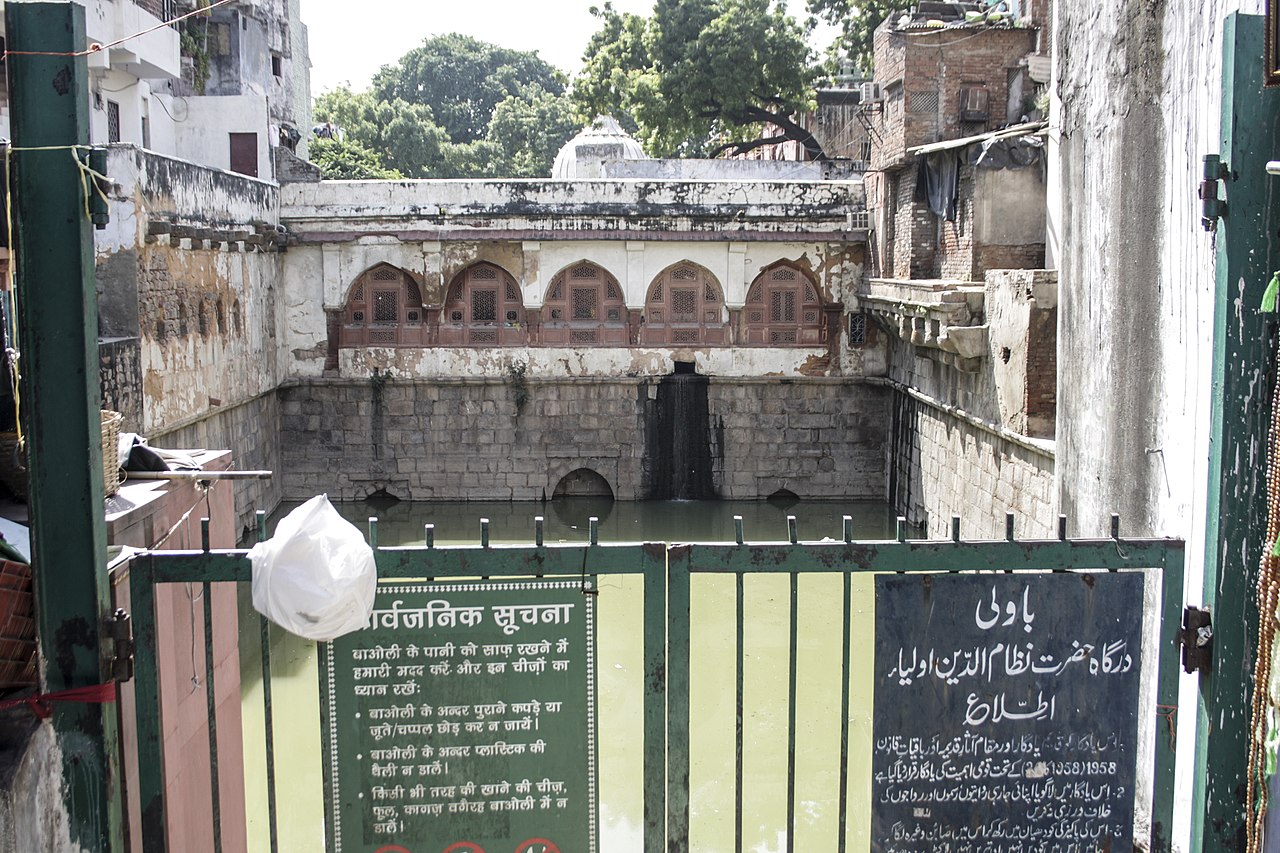.jpg)
.jpg)



The Nizamuddin Baoli is a centuries-old stepwell located in the Nizamuddin Dargah complex in New Delhi, India. It was built in the 14th century by the Sufi saint Hazrat Nizamuddin Auliya, primarily for providing water to pilgrims visiting the dargah (shrine). The baoli is one of Delhi's oldest surviving stepwells and is considered sacred by devotees. Here are some key details about its history and features: Historical Background and Establishment Date of Construction: Early 14th century, around 1321-1325 AD. Builder: Hazrat Nizamuddin Auliya, a revered Sufi saint from the Chishti order, is credited with constructing the baoli for his followers and devotees. It is said that Hazrat Nizamuddin initiated the construction of the baoli during the reign of Ghiyasuddin Tughlaq, even while the ruler was building the Tughlaqabad Fort. Purpose: The baoli was intended to provide a reliable water source for the dargah and the surrounding community, as well as to serve pilgrims visiting Hazrat Nizamuddin Auliya. Architectural and Cultural Significance Architecture: The Nizamuddin Baoli is a rectangular stepwell that has a series of steps leading down to the water reservoir. It was built using local sandstone and has an ancient charm with a combination of Islamic and Indian architectural elements. Depth and Water Source: The stepwell's depth allows it to capture groundwater, ensuring a steady water supply even in arid conditions. It relies on a natural underground spring, and the water is considered sacred by many. Cultural Value: The baoli is an integral part of the Nizamuddin Dargah complex and is deeply intertwined with the spiritual practices of the area. The well is believed to have blessings from Hazrat Nizamuddin, and many pilgrims visit it as part of their journey to the shrine. Legends and Folklore Conflict with Tughlaq: A popular legend speaks of a rivalry between Hazrat Nizamuddin and Sultan Ghiyasuddin Tughlaq. The sultan supposedly attempted to obstruct the baoli's construction by enforcing strict regulations, but through the saint's prayers and miracles, the construction continued unhindered. Blessed Water: Many devotees believe that the baoli’s water has healing properties due to its association with Hazrat Nizamuddin Auliya, making it a revered site for visitors. Conservation and Present Condition In recent years, the baoli has faced challenges from urban development and pollution. Restoration efforts by organizations, including the Aga Khan Trust for Culture, have aimed to clean and preserve the baoli. Today, it remains an important heritage site and a reminder of Delhi's Sufi history.